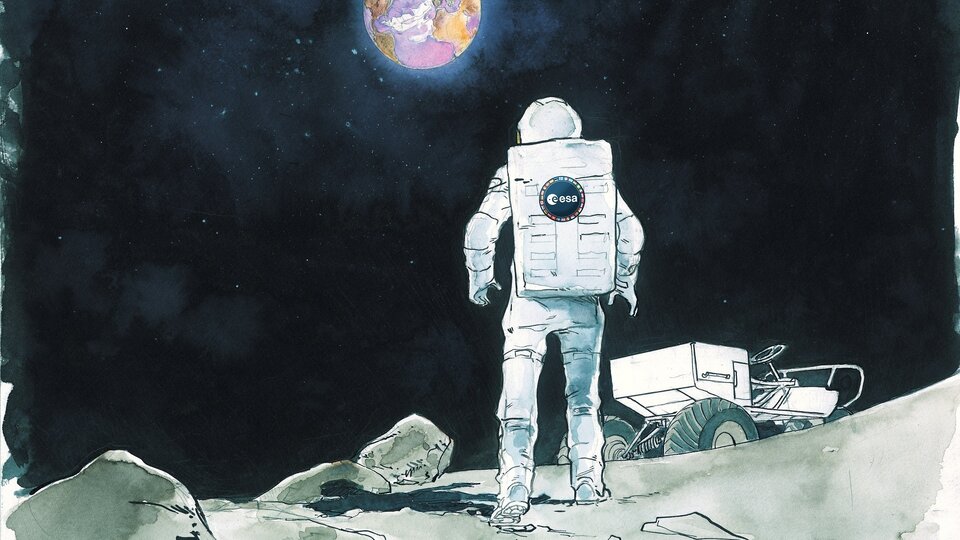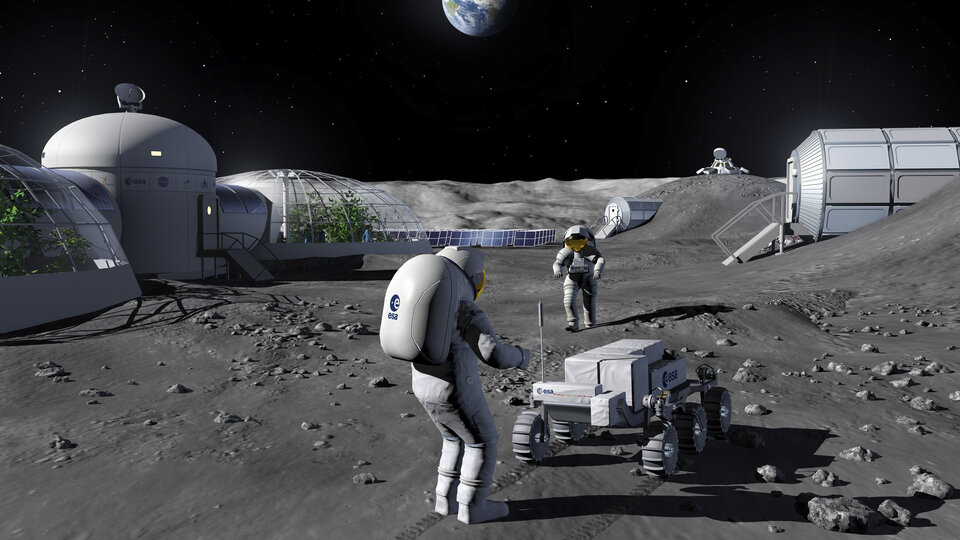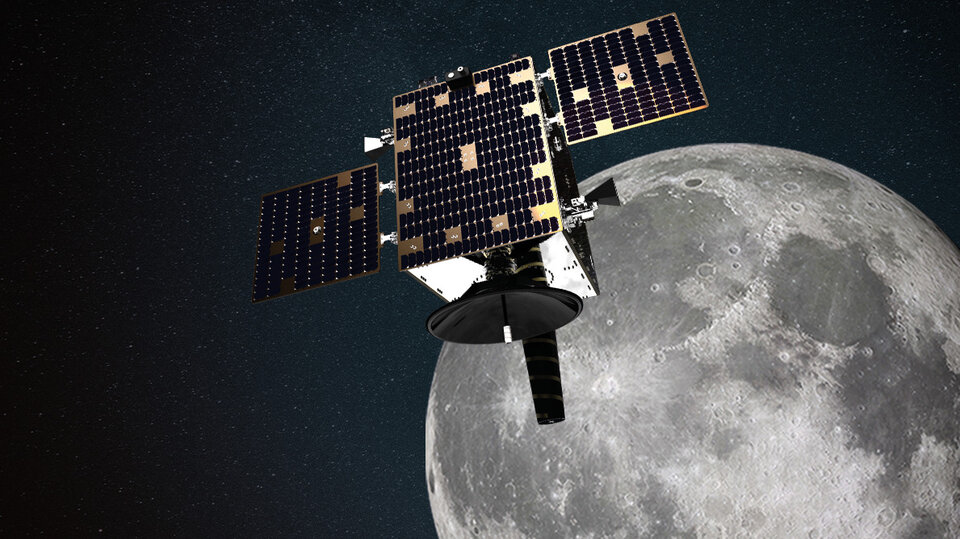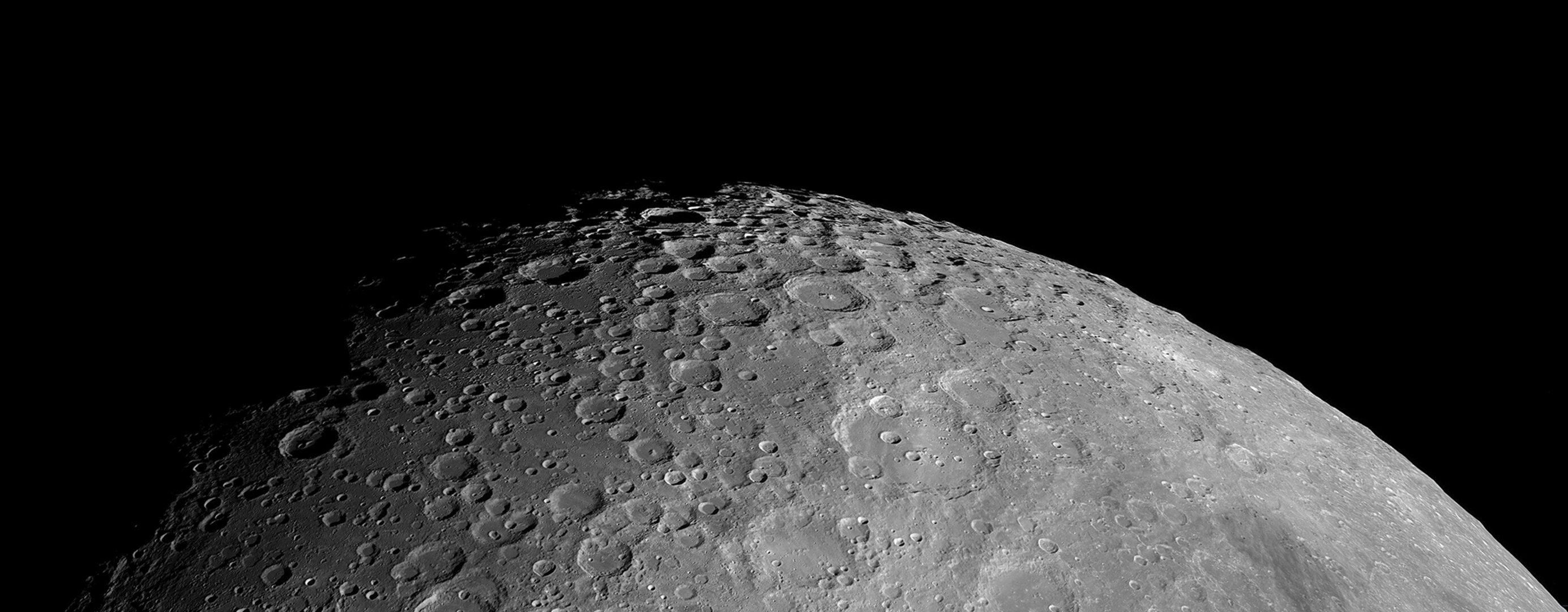To the Moon: ESA seeks ideas for small lunar missions
Are you interested in helping shape the future of space exploration? ESA is offering a unique opportunity to contribute to its lunar science and exploration strategy.
At the heart of this call: Terrae Novae
ESA's Terrae Novae exploration programme is advancing Europe's presence in space by using robots as precursors and scouts, bringing the benefits of exploration back to society. The Terrae Novae 2030+ strategy has essentially three goals: establishing a sustained European presence in low-Earth orbit, sending the first European astronaut to explore the Moon's surface by 2030, and participating in the first human mission to Mars.

Small missions for exploration are a new component of this strategy. "They are intended to support the implementation of the Terrae Novae roadmap, focusing on closing technology gaps and expanding our scientific knowledge of both the Moon and Mars," explains Xavier Barbier, ESA engineer leading the call for ideas.
What are we looking for?
The call for proposals targets small missions to the Moon. "This call is quite broad, as we are looking for a variety of innovative ideas for lunar missions," says Xavier. "This is an excellent opportunity for small and medium-sized companies to increase their role in the field of space exploration. Proposals can come from individual companies as well as from consortia including research institutions."

The proposed missions can range from fly-by satellites and orbiters to landers and rovers, as long as their focus is on exploration and scientific activities. Besides that, their total cost should not exceed €50 million, and their development from kickoff to launch should take less than 4.5 years.

To stay within budget, opportunities could be provided to use established resources, such as the new Ariane 6 launcher for a 'piggyback' ride on the launch of the main payload or the Moonlight programme for lunar communications and navigation services.
Xavier highlights: "Ideally, candidates should be able to develop their idea from start to finish. That means that the company or consortia not only proposes the mission, but also has the ability to see it through the implementation phase."
Send us your ideas
The call is open until 14 December 2023. A workshop will take place on 5 October at 14:00 CEST in ESTEC and online to present the initiative to participants and address any questions. Submissions will be evaluated in early 2024. Selected mission concepts requiring further maturation will start feasibility studies in mid-2024.
This call is being run by the Preparation element of ESA's Basic Activities via the Open Space Innovation Platform (OSIP). You can find all the details of the timing, process and conditions here.


